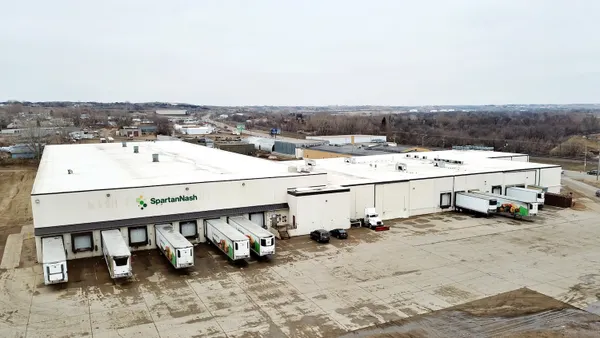Dive Brief:
- H-E-B has launched a mobile app, My H-E-B, that allows customers to order groceries for delivery or for curbside pickup, according to a press announcement. Prior to the app, customers had to order groceries online through H-E-B’s website.
- Customers can use the app to clip and redeem coupons. Once shoppers hit checkout, the app will inform them of any missed coupons. Customers shopping in-store can scan a barcode at checkout to redeem all the clipped coupons.
- The app also features an "enhanced" search function that helps customers find products in stores, and a reorder tool that offers faster shopping. Shoppers can download the app via Apple App store or Google Play. H-E-B plans to integrate its other existing apps into My H-E-B, as well as add features like shopping lists and recipes.
Dive Insight:
As more customers shift their shopping online, retailers are revamping their current apps or created new ones to make the experience even more convenient. With so many consumers now toting their phones wherever they go, apps like H-E-B's are the tools that marry in-store functionality with one-click buying, creating the seamless experience so many retailers say they're pursuing.
H-E-B’s new app is more than an extension of its current site, which Forrester analyst Brendan Miller recently told Grocery Dive is a mistake many grocers often make. It offers a personalized interface, in-store search and coupon functions that all fall in line with expert recommendations.
A report from eMarketer found that about 18 million adults in the U.S. used a grocery app at least once a month in 2018, up nearly 50% since 2017. Although overall usage is still low, eMarkerter projects one in five mobile shoppers will use an app to purchase groceries this year.
Aside from its mobile app, H-E-B has launched several other notable initiatives this year. It expanded its scan-and-go technology which is used with its H-E-B Go mobile app. It also opened a multilevel store in Houston, Texas. Just this week, the retailer announced it will invest $200 million in multiple projects centered on Austin, Texas.













